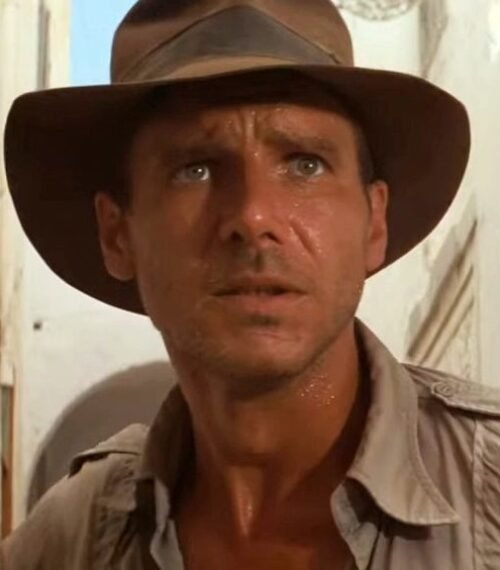Here we are at the most anticipated day of the festival. Guillermo del Toro’s (The Shape of Water) newest project generated expectations that were, I dare say, maybe too high. It’s always a risk watching a movie with this level of anticipation, but when you bring together one of my favorite filmmakers, an impeccable cast, and the promise of a unique take on a story as fundamental as Frankenstein, it’s impossible not to walk into the theater with the bar set at its limit. Fortunately, the Mexican maestro, as is his custom, never fails due to his own fault.
Written and directed by del Toro, Frankenstein offers a gothic and visceral retelling of the eternal legend. The adaptation of Mary Shelley’s novel stars Oscar Isaac (Dune: Part Two) as Victor Frankenstein, the scientist obsessed with conquering death, and Jacob Elordi (Saltburn) as his appalling yet profoundly human creation: The Creature. The narrative is structured in three major chapters — a prelude, followed by Victor’s tale, and finally, The Creature’s perspective — a structural decision that shif
ts the focal point and the protagonist/antagonist, allowing for a deep dive into the moral complexities of both key figures.
Frankenstein review



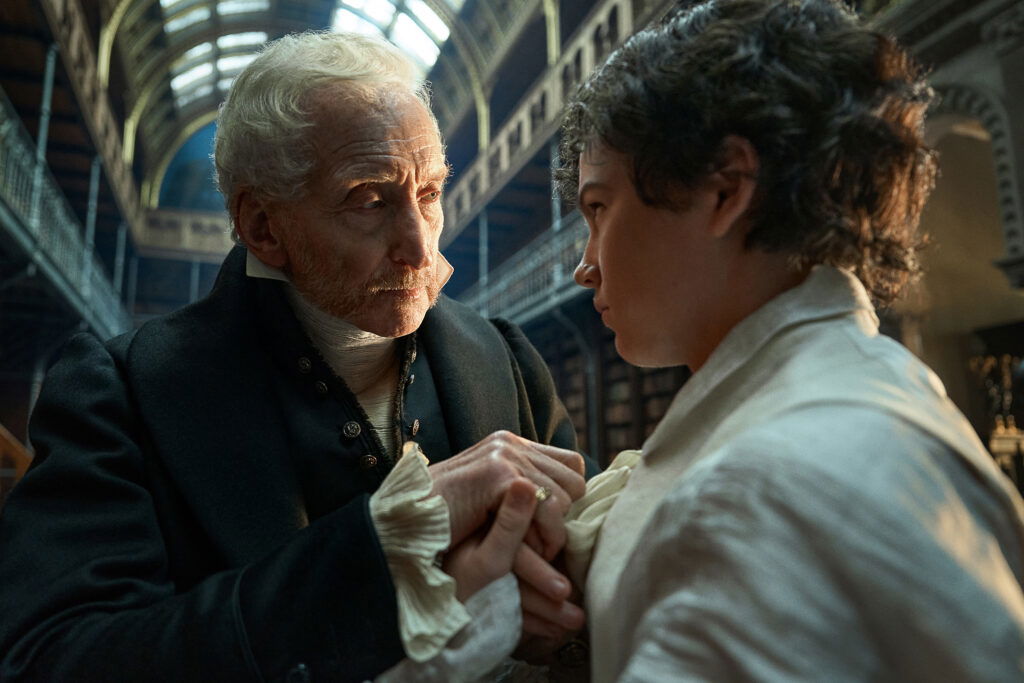
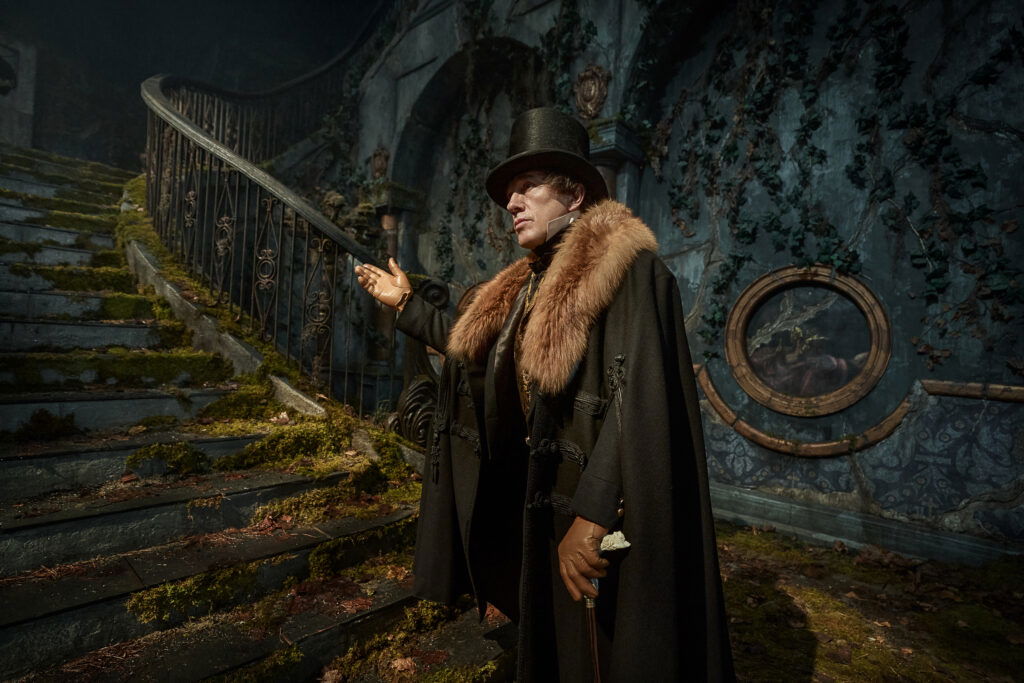

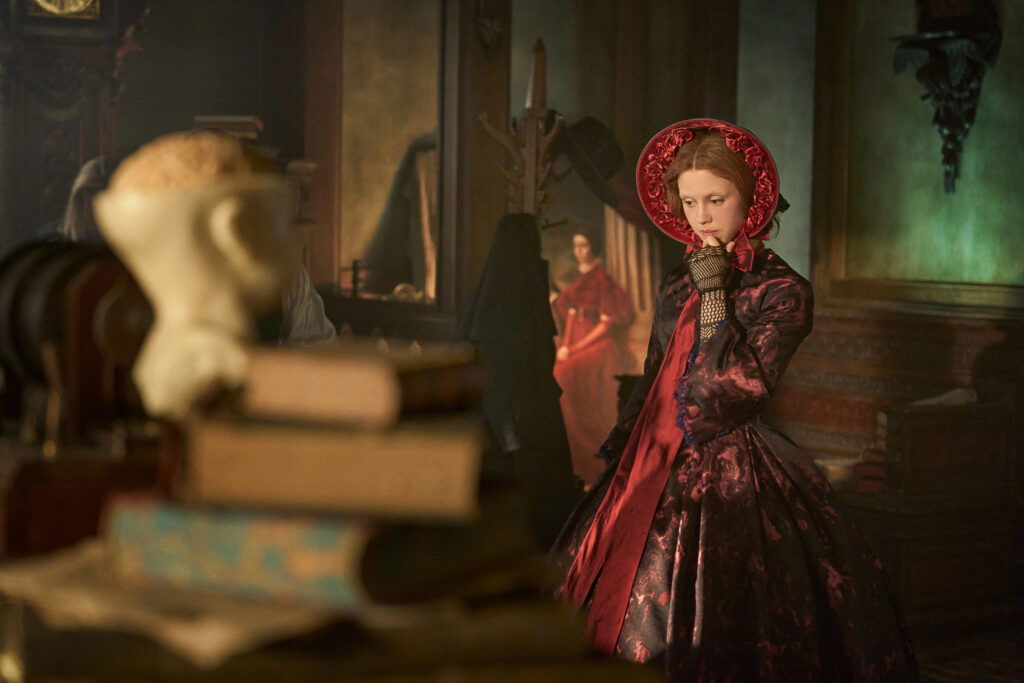

Frankenstein doesn’t just tell a story; it’s a movie that submerges us in an incredibly dense web of subject matters. While the technical details stand out, the true heart and soul of this feature film reside in the script and the performances. The Creature steals the spotlight with an exceptionally complex and human character arc. His journey is a brutal meditation on loneliness, identity, memory, pain, suffering, grief, and ultimately, forgiveness.
The Creature’s loneliness isn’t just physical; it’s existential. He isn’t just rejected by others; he’s rejected by his own creator. Frankenstein explores, in its depths, the concept that evil isn’t innate but rather instigated by rejection. Born of scientific ambition, The Creature is a sentient individual who seeks nothing more than connection, but his grotesque appearance serves as a mirror for our own human failure to look beyond the surface. The complexity of this arc is such that I feel the need for a second viewing to “complete” my interpretation of all the themes addressed, given the profusion of dialogue and unforgettable lines the script contains. However, it’s fair to say that, at times, the density is so great that there are one or two inspirational, powerful lines too many, which slightly dilutes the individual impact of each one.
A particularly powerful aspect of The Creature’s evolution is its exploration of grief and memory. Unlike a human being who’s born and grows up, The Creature is immediately confronted with his consciousness but devoid of context, emotional ties, or a personal history. He’s forced to build his identity from the reactions of others and the pain inflicted upon him. His grief is twofold: the sorrow for the life he was denied — acceptance — and the suffering for the connections he quickly loses. This relentless pursuit of memory and the meaning of his existence is what makes him incredibly human — ironically, more human than his creator.
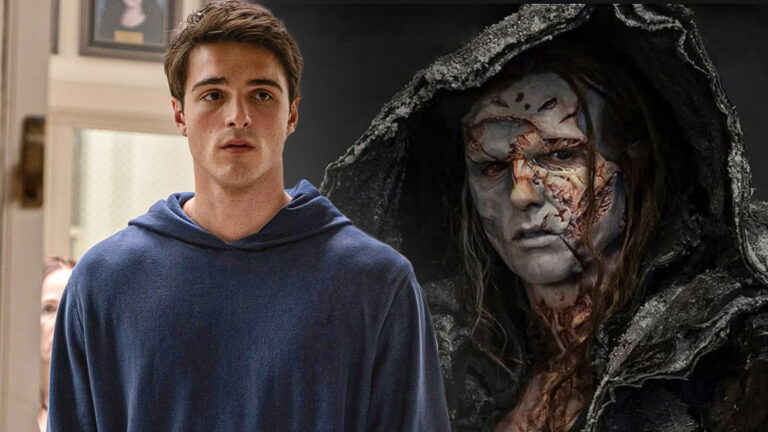
“It needed to be biblical”: Jacob Elordi Reveals Guillermo del Toro’s Only Demand for Frankenstein
The Creature only exists because of Victor Frankenstein, and Isaac delivers an excellent performance in embodying this protagonist/antagonist dichotomy. Victor represents the classic notion of “man playing God,” where his fascination with life, death, science, and even faith leads him to cross irreversible ethical boundaries. His journey isn’t one of explicit redemption but of a painful, slow acknowledgment of his fallibility. Victor is so blinded by his ambition that he unconsciously repeats his own father’s mistakes, failing to assume parental responsibility for his creation, treating it as an object or a mistake rather than a living being. The relationship between Victor and The Creature agonizingly resembles that of an estranged father and son, where mutual suffering and grief require a time for healing that, perhaps, never comes. Frankenstein exposes how the creator’s failure to love his “child” is the true monstrosity, turning the being into an instrument of revenge.
Thus, the creator’s philosophy is revealed as a profound flaw. Victor doesn’t seek life out of altruism but rather to satisfy his own thirst for control and to challenge natural limits, which becomes his ruin. His arc is a representation of intellectual arrogance: the belief that science can be divorced from morality and emotion. Frankenstein underscores that true creation implies responsibility and that the denial of that responsibility is an act of tremendous cruelty. The contrast between science and faith, life and death, is treated here not as an academic debate, but as the visceral and bloody consequences of an existential error. Victor isn’t just failing The Creature; he’s failing his own humanity.

The importance of the supporting cast in shaping the two protagonists is notable. David Bradley (Game of Thrones), in the role of a blind man, is the thematic vehicle for unselfishness versus egoism. Because he lacks sight, he’s the only human who meets The Creature and isn’t repulsed by his appearance. He hears and feels the monster’s pain and despair through a genuine human connection. One particular dialogue they share is one of the most impactful and emotionally resonant in the entire movie, focusing on pure friendship and empathy that transcends the physical.
On the other hand, Mia Goth (Pearl) fulfills the well-known role of the “bride,” Elizabeth. Her character acts as the “light at the end of the tunnel” for The Creature, seeing as she’s the only person who views him as a ‘someone’ and not a ‘something’. For Victor, the character is initially a romantic interest, but, crucially, a colleague who shares an interest in science, but with much more defined moral and ethical limits, serving as his lost conscience. Despite making some changes to the well-known story, Frankenstein doesn’t risk major narrative twists. The story is predictable in terms of its major milestones, lacking shocking moments in this particular element.
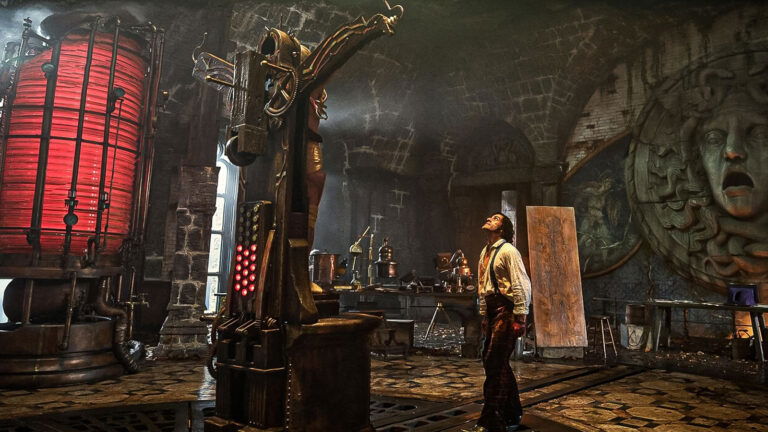
Forget Elon Musk, Guillermo del Toro’s Frankenstein Release Update Has Everyone Screaming ‘Cancel Netflix’
Technically, Frankenstein is a multi-departmental triumph. The production design (Tamara Deverell, Nightmare Alley) and set design (Shane Vieau, The Shape of Water) are fantastic. The rich colors and sets are realistic and palpable, complemented by immersive visual effects that, when used, integrate perfectly into del Toro’s style. The tower where The Creature is created is absolutely magnificent, a setting that generates an atmosphere charged with science and sin. The characterizations are vital: the makeup and prosthetic effects applied to the monster are incredible, successfully conveying an initial menace that softens as the character’s human journey progresses. His costume (Kate Hawley, Crimson Peak), with the coat/blanket that envelops him, accentuates his figure as an exile, contrasting, for example, with Elizabeth’s elegant dresses.
The cinematography (Dan Laustsen, The Shape of Water) is stunning from start to finish. Every wide shot featuring silhouettes is uniquely beautiful, and the close-ups are incredibly intimate, bringing us closer to the agony of the characters. Darkness is used in a menacing and atmospheric manner. The final scenes in the North Pole look like oil paintings — the sunrises and sunsets in the vastness of ice are simply sublime.

The editing (Evan Schiff, John Wick: Chapter 3 – Parabellum), organized into chapters, has its ups and downs in terms of flow. Frankenstein clocks in at two and a half hours, and its length is felt, not because it has unnecessary sequences — everything has a clear purpose — but because the narrative pace suffers from those shifts in perspective. The only area that left me surprisingly indifferent was the score (Alexandre Desplat, The Grand Budapest Hotel). It’s great work that helps establish the gothic atmosphere, but in the moments of greatest catharsis or the emotional peaks that the script reaches, I didn’t feel that special push that would make me feel the scene even more intensely.
The handling of certain crucial character deaths is another point of personal doubt. With one notable exception, the deaths that should be catalysts for the protagonists’ development aren’t tackled with the emotional force I expected. I didn’t feel the consequences were sufficiently heavy or that they generated a new motivation or a great dialogue of reflection.
I’m also obligated to warn about how extremely violent, bloody, and shocking Frankenstein is, including animal violence, namely with wolves. It’s a very difficult experience for more sensitive viewers. Nevertheless, it’s undeniably electrifying to see The Creature’s physicality and strength, an immortal being, fighting in such a strong manner.
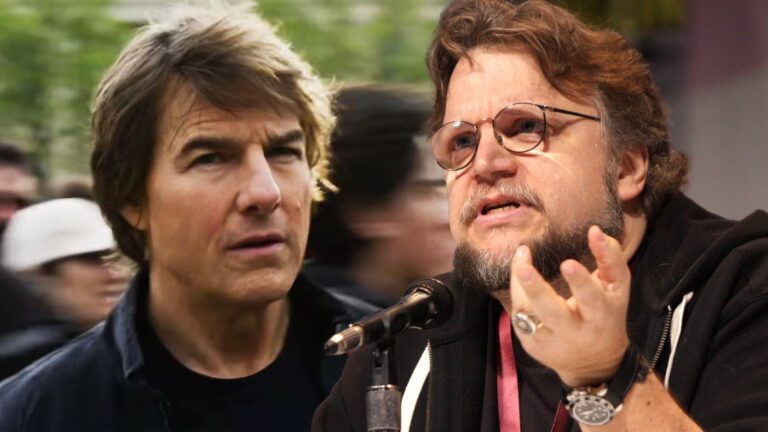
Guillermo del Toro Confirms His “Too R-rated” Tom Cruise Movie Won’t Happen After Frankenstein
Is Frankenstein worth watching?
Frankenstein is a powerful, visceral film that solidifies Guillermo del Toro as a master of atmosphere and emotion. Thanks to Jacob Elordi’s transcendent performance as The Creature and exceptional multi-departmental work, the movie takes the legendary tale and transforms it into a deep, complex meditation on human fallibility and the terror of rejection. It’s a visual and thematic experience that demands patience and personal, intellectual, and emotional investment. Shockingly violent, it’s undeniably one of the most important stories of the year. The combination of geniuses in front of and behind the camera results in a feature that confronts us with an undeniable truth: the tale of Frankenstein isn’t about creating a monster; it’s about the eternal and necessary challenge of recognizing our own humanity in those we reject.
Frankenstein releases in selected theaters on October 17 and on Netflix on November 7.


